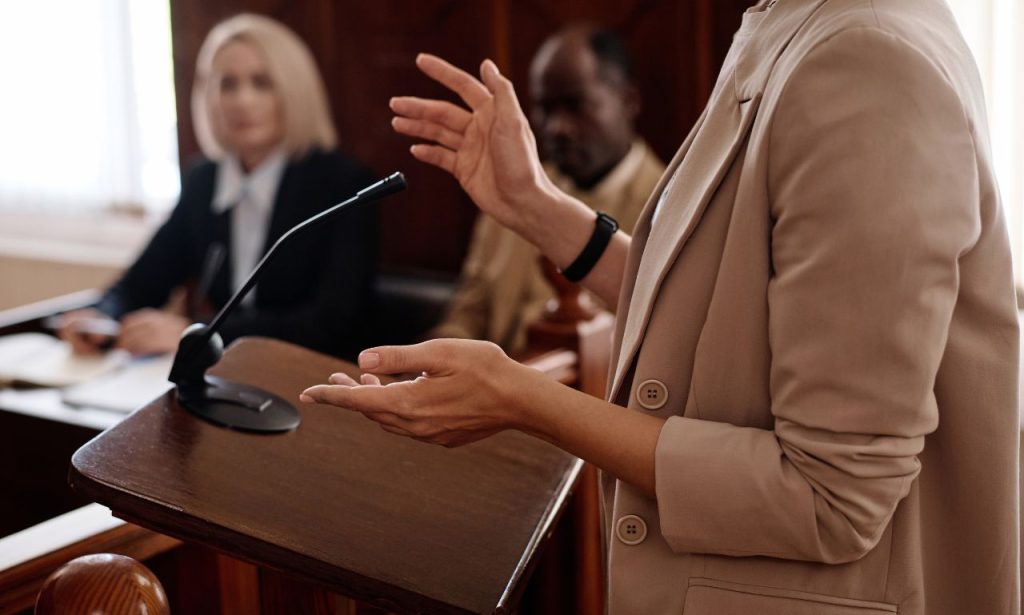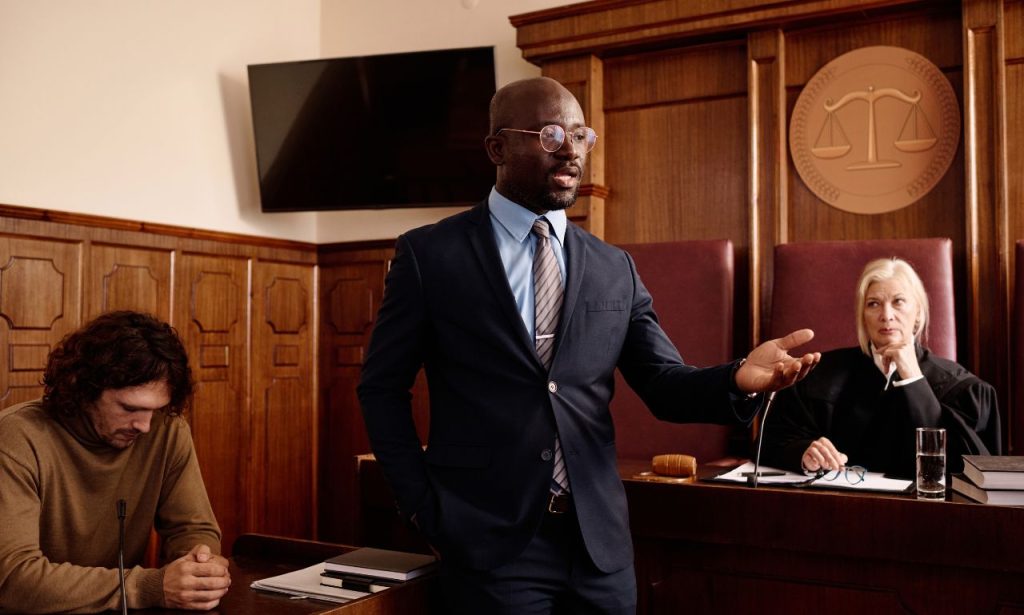Filing a lawsuit can feel like stepping into a labyrinth of court procedures and legal jargon. In this guide, we’ll walk you through every stage—from hiring representation to presenting evidence before a jury. You’ll discover how pleadings work, what happens during discovery, and which motions can shape your case. This article will also show you how to negotiate settlements, explore arbitration, and get ready for trial. By the end, you’ll have a clear roadmap for taking a civil claim to judgment.
Hiring Legal Representation
Choosing the right lawyer makes a world of difference. You want someone who understands the nuances of your dispute and has experience in the courtroom. Start by asking friends, colleagues, or your local bar association for referrals. Interview at least two to three attorneys. Bring a summary of your case and ask about fees, approach, and track record.
Legal fees vary widely. Some attorneys bill by the hour, while others work on contingency, meaning they only get paid if you win. Hourly rates in major cities typically range from $200 to $500. In smaller counties, you might find rates closer to $150. Contingency fees usually range from 25% to 40% of the total recovery amount. Make sure you understand all costs, including filing fees, photocopying, and expert witness expenses.
Once you’ve selected counsel, sign a written engagement letter. This document should detail the scope of work, fee structure, and billing practices. Having everything on paper prevents misunderstandings down the road. Trust and communication matter. If you feel your lawyer isn’t listening or explaining options, don’t hesitate to discuss concerns or seek a second opinion.
The Pleadings Stage

Pleadings set the foundation for your lawsuit. The process begins with your attorney drafting a complaint—a document that outlines your legal claims against the defendant. The complaint includes facts, legal theories, and the relief you seek, such as monetary damages or injunctive relief. Filing the complaint triggers the court’s jurisdiction over your case.
Next comes the service of process. A court clerk issues a summons, which, along with the complaint, must be formally delivered to the defendant. You can hire a professional process server or use your county sheriff. After service, the defendant has a set number of days—usually 20 or 30—to file an answer or a responsive pleading.
In the answer, the defendant admits or denies each allegation. They may also raise affirmative defenses, such as statute of limitations or contributory negligence. If the defendant has counterclaims against you, they will appear here as well. Both sides might file a motion to dismiss if the complaint fails to state a valid legal claim. A successful motion ends the case before heavy lifting begins.
Discovery Process
Discovery uncovers the facts each side needs to prove their arguments. This phase can last for months, depending on the case’s complexity. Your attorney will serve written interrogatories—detailed questions the other side must answer under oath. You’ll also request document production, seeking contracts, emails, and other records.
Depositions add another layer. A court reporter captures sworn testimony from witnesses or parties. Depositions often reveal weak spots in the opposing side’s story. They allow you to lock in testimony and gauge credibility long before trial. You can even depose expert witnesses to probe their methods and conclusions.
Use discovery strategically. Avoid bombarding the other side with irrelevant requests—it wastes time and risks judicial sanctions. Stay organized by tracking deadlines and responses in a discovery calendar. Regular status calls with your lawyer help keep everything on schedule. In many civil cases, thorough discovery often prompts parties to settle.
Pre-Trial Motions
Before the trial, both sides can file motions that shape the course of the trial. Motions in limine seek to exclude specific evidence at trial. For instance, you might ask the court to bar inflammatory photos or hearsay statements. Winning a motion in limine can prevent the jury from ever seeing prejudicial material.
Other common motions challenge the legal sufficiency of claims or defenses. A motion to strike can remove redundant or scandalous allegations. A motion for judgment on the pleadings argues that, even if all allegations are factual, you cannot win under existing law.
Motion for Summary Judgment
A motion for summary judgment asks the judge to rule without a trial. It claims there are no genuine disputes of material fact, so the moving party is entitled to judgment as a matter of law. Supporting evidence includes affidavits, deposition excerpts, and key documents. Courts grant summary judgment when one side fails to raise a triable issue.
Summary judgment motions demand precision. Your attorney must cite record evidence and explain why no facts remain contested. Judges often appreciate concise briefs that focus only on critical evidence. A successful motion can save you the time and expense of trial.
Settlement Negotiations and Alternative Dispute Resolution
Courts encourage early resolution. Many jurisdictions require a settlement conference to be held before trial. A neutral magistrate or judge facilitates discussions. You’ll exchange settlement positions and evaluate risks. Statistics indicate that approximately 95% of civil cases are settled before trial or verdict.
Negotiation requires balance. Push hard for fair value, but recognize the costs and uncertainties of trial. How would a jury view your case? What about appeals? Sometimes, offering structured payments or non-monetary terms can unlock an agreement.
Arbitration
Arbitration provides a private and binding forum. Arbitrators are often retired judges or industry experts. You agree on rules—such as streamlined discovery and shorter hearing dates. Decisions can be final, with minimal grounds for appeal.
Many commercial contracts include mandatory arbitration clauses. You trade some procedural rights for speed and confidentiality. Arbitration awards tend to be narrower than jury verdicts. Still, this process can slingshot a case forward when courts are backlogged.
Preparing for Trial
If settlement fails, trial preparation intensifies. Begin by organizing your trial notebook. It should contain jury instructions, exhibit lists, witness summaries, and trial outlines. Lawyers often storyboard key themes and evidence to organize their arguments.
Craft persuasive opening statements. Use storytelling to frame your case. Start with a compelling moment—perhaps an email that reveals the truth or a photo that captures harm. Invite jurors to see the world through your eyes.
Work closely with expert witnesses. Ensure they can explain complex ideas. Run through direct and cross-examinations in mock sessions. Practice brevity. Jurors appreciate clarity and focus.
Selecting a Jury (If Applicable)
Not all lawsuits involve juries. In many federal and state cases, parties can waive their right to a jury trial and have a judge decide the case. When jurors apply, a process called voir dire helps uncover potential biases. Attorneys ask questions to identify suitable panelists.
Your goal is to seat an impartial jury. Look for people who understand the law and pay attention. Watch body language and word choice. In a recent personal injury case in Nairobi, attorneys spotted a bias against corporations and used it to their client’s advantage.
The Trial Process

The trial unfolds in stages. First, the judge rules on preliminary matters, like evidentiary motions. Then, opening statements set the scene. Each side presents witnesses and evidence. Direct examination tells your story. Cross-examination aims to poke holes in theirs.
Evidence is presented through exhibits, including documents, photographs, videos, and charts. Keep them clear. Highlight key sections and hand jurors copies. Avoid overly technical exhibits that confuse rather than clarify.
After witnesses and exhibits, both sides deliver closing arguments. Here, you tie facts to legal standards. Reinforce themes from opening statements. Emphasize why jurors should find in your favor.
Finally, the judge instructs jurors on the law. Jury instructions guide the application of legal definitions, such as “negligence” or “breach of contract.” The jury then deliberates privately. Once they reach a verdict, the court clerk reads it aloud.
Conclusion
Filing a lawsuit is a journey through complex procedures and strategic choices. From selecting counsel to hearing the final verdict, every step matters. You’ll draft pleadings, gather evidence, negotiate a settlement, and prepare for trial. Patience and preparation pay off. Whether you win or push for favorable settlement terms, understanding each phase empowers you to make informed decisions.
ALSO READ: What Are the Limitations of a Financial POA?
FAQs
You begin by hiring an attorney, filing pleadings, serving process, and engaging in discovery. Next, you handle pre-trial motions, attempt to settle, prepare for trial, and, if necessary, present your case before a jury.
Timelines vary. Simple cases may be resolved in six months. Complex litigation can span two to three years, depending on the court calendars and the scope of discovery.
Yes. It’s called “pro se” representation. While possible, self-representation carries risks. Courts expect you to follow rules of procedure and evidence.
Discovery lets parties exchange information under oath. It includes interrogatories, document requests, and depositions to uncover facts and prepare for trial.
Missing deadlines—such as answering a complaint—can lead to a default judgment. You lose the right to defend, and the court may grant the relief you sought against the defendant.




